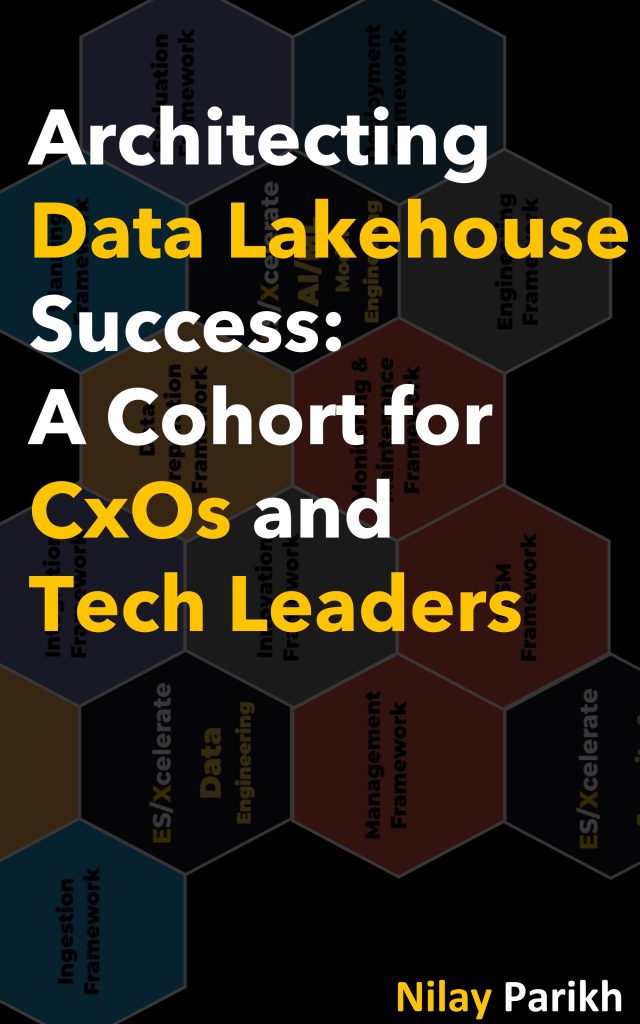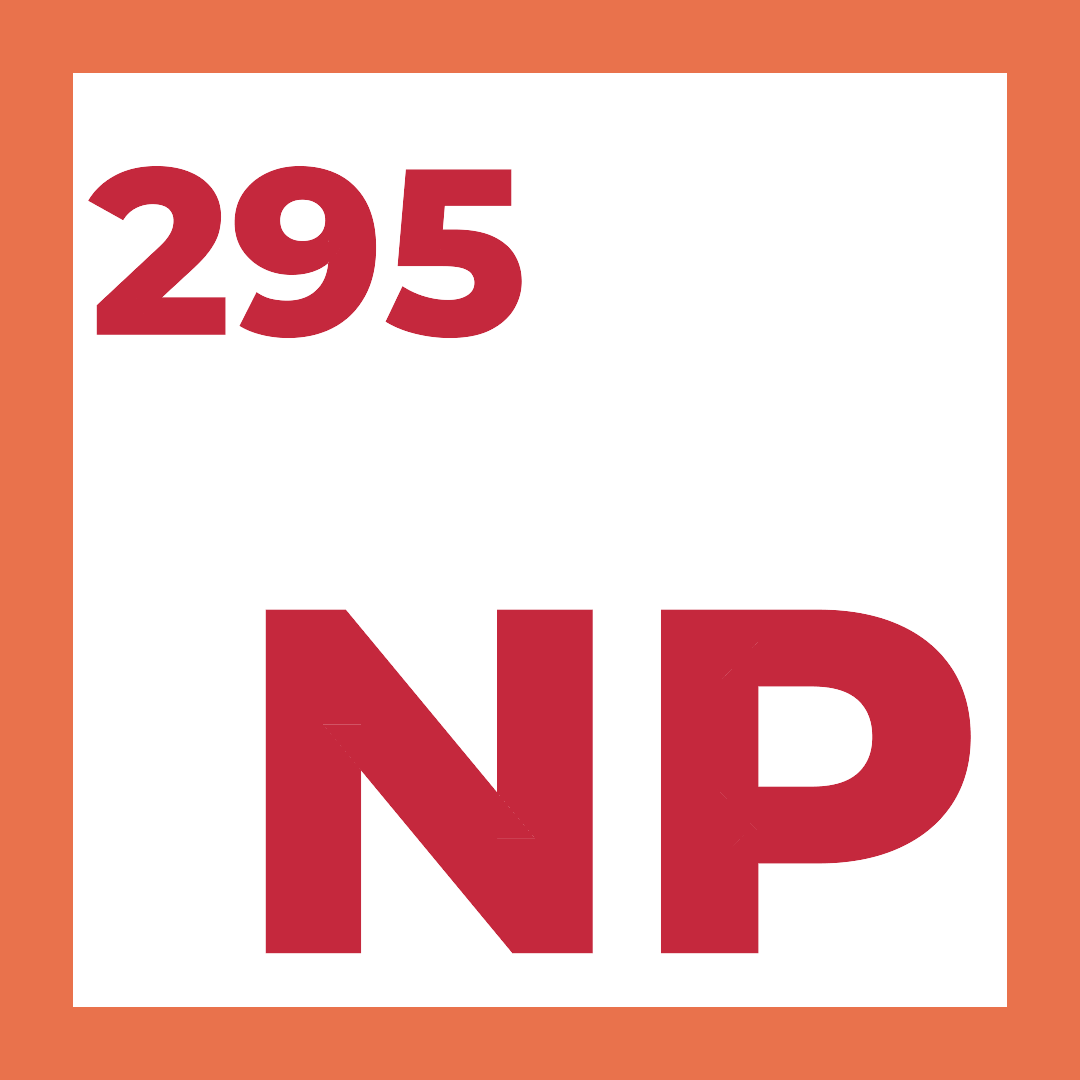
In “Architecting Data Lakehouse Success: A Cohort for CxOs and Tech Leaders,” we embark on an insightful journey through the evolving landscape of data engineering and architecture. This book is a comprehensive exploration, spanning the history, anatomy, and practical application of data lakehouses. It’s designed for technical leaders, architects, and C-suite executives who aim to merge strategic business vision with technical architectural prowess.
Data lakehouses have emerged as a crucial solution in the evolving data management landscape, bridging the gap between traditional data warehouses and data lakes. They combine the best of both worlds: the reliability and governance of data warehouses with the flexibility and scalability of data lakes. This hybrid approach offers a comprehensive data management system, supporting both batch and real-time data processing, and adaptable to changing data types and structures. Lakehouses are particularly characterized by their support for advanced analytics, including machine learning and AI, facilitated by a metadata-driven architecture. This allows for agile data storage and processing, robust governance, and interoperable analytics capabilities.
The rise of cloud-native lakehouses marks a significant evolution in data platforms, taking advantage of cloud storage, serverless computing, and managed analytics services. These cloud-native systems offer unprecedented agility, reduced total cost of ownership (TCO), and accelerated innovation. They are optimized for diverse workloads, including batch processing, ad-hoc analytics, business intelligence, and machine learning. By leveraging scalable cloud storage and serverless computing, cloud-native lakehouses enable real-time analytics and efficient data processing at scale. For organizations, this means not only meeting current data challenges but also being well-positioned to adapt to future complexities in the data landscape.
Architectural Principles for Solution & Technical Architects and Enterprise Architects
| Principle | Description | Exceptions |
|---|---|---|
| Modular Integration | Applications should be designed to easily integrate with both data lakes and warehouses, allowing for flexibility in data handling and analysis. | Legacy applications that cannot be easily updated may require separate integration strategies. |
| Unified Data Management | Data should be managed in a way that harnesses the strengths of both warehouses (structured data, governance) and lakes (scalability, diverse data types). | Specific compliance or regulatory requirements might dictate data storage and management in a more segregated manner. |
| Agile Data Operations | Operational processes should support both batch and real-time data processing, ensuring agility and responsiveness to changing data needs. | Operations involving exceptionally large data sets or complex processing may require specialized batch processing schedules. |
| Comprehensive Data Security | Security policies must cover the entire data spectrum, from raw data in lakes to processed data in warehouses, ensuring compliance and data integrity. | Some industry-specific regulations might require distinct security protocols for different types of data. |
| Scalable and Flexible Infrastructure | Infrastructure should be designed to scale according to data storage and processing needs, leveraging cloud-native capabilities when possible. | In cases of strict data sovereignty laws, cloud-based solutions may need to be substituted with on-premises alternatives. |
| Adaptive Governance Framework | Governance should be dynamic, accommodating the evolving nature of data landscapes and technologies while maintaining control and compliance. | Certain legal frameworks might require more rigid governance structures, limiting flexibility. |
| Cloud-Native Design | Embrace cloud-native architectures for enhanced scalability, reduced TCO, and innovation in data management and processing. | Organizations with significant investments in on-premises infrastructure might adopt a hybrid cloud approach instead. |
These principles are derived from the context of data lakehouses and their integration with cloud-native solutions, emphasizing the need for flexibility, scalability, and comprehensive governance in modern data architecture.
Risk Areas and Mitigation Strategies
| Risk | Mitigation |
|---|---|
| Data Integration Complexity | Implement standardized protocols and tools for data integration. Provide training and resources to ensure smooth integration of data from various sources. |
| Scalability Challenges | Adopt cloud-native solutions with auto-scaling capabilities to dynamically adjust to varying data loads and processing demands. |
| Data Governance Inconsistency | Develop a comprehensive data governance framework that encompasses both data lake and warehouse paradigms, ensuring consistent policies across all data platforms. |
| Security Vulnerabilities | Employ robust security measures including encryption, access controls, and regular security audits to protect data across all storage and processing stages. |
| Compliance with Regulations | Stay updated with relevant data protection and privacy laws. Implement compliance checks and audits as part of the regular operational process. |
| Over-reliance on Cloud Services | Establish a balanced architecture that leverages cloud benefits while maintaining some on-premises capabilities to mitigate risks associated with cloud dependency. |
| Technology Integration Hurdles | Prioritize interoperability and compatibility in the selection of technology solutions to ensure seamless integration across different components of the architecture. |
| High Total Cost of Ownership (TCO) | Regularly evaluate and optimize resource usage and costs. Adopt cost-effective cloud storage and computing solutions and optimize data processing workflows. |
| Performance Bottlenecks | Monitor system performance continuously and employ scalable architectures that can handle high-volume, high-velocity data efficiently. |
| Data Quality Issues | Implement strong data quality measures including validation, cleansing, and standardization processes to ensure the reliability of data for analysis and decision-making. |
These risk areas and their mitigations are crucial for Solution & Technical Architects, and Enterprise Architects to consider when designing and implementing data lakehouse architectures and related data management systems.
Six Thinking Hats
Edward de Bono’s Six Thinking Hats is a powerful tool for decision-making and problem-solving within business and project management. It involves looking at a problem from six distinct perspectives, symbolized by colored hats. Here are scenarios for Solution & Technical Architects and Enterprise Architects, considering the development and implementation of data lakehouses, as per the Six Thinking Hats methodology:
White Hat (Information and Data):
- Scenario: An Enterprise Architect must decide on the data storage strategy for the organization’s new data lakehouse.
- Analysis: They gather extensive data on current storage needs, projected growth, types of data being stored, and compliance requirements. This data is used to evaluate the cost and efficiency of different cloud storage providers and technologies.
Black Hat (Caution and Risks):
- Scenario: The team is assessing the security implications of implementing a cloud-native data lakehouse.
- Analysis: They identify risks such as data breaches, unauthorized access, and compliance with data privacy laws. Mitigation strategies like enhanced encryption, access controls, and regular security audits are proposed.
Green Hat (Creativity and Alternatives):
- Scenario: The team needs to overcome the challenge of integrating legacy systems with the new data lakehouse.
- Analysis: They brainstorm innovative solutions like developing custom APIs, using middleware for data translation, or leveraging serverless computing to bridge the gap between old and new systems.
Blue Hat (Process and Control):
- Scenario: An Enterprise Architect is coordinating the overall strategy for migrating to a data lakehouse architecture.
- Analysis: They organize the process into clear stages: assessment of current data architecture, planning the architecture of the lakehouse, executing the migration, and post-migration evaluation. They also set up regular meetings for progress review and adjustment of strategies as needed.
Disclaimer
The views expressed on this site are personal opinions only and have no affiliation. See full disclaimer, terms & conditions, and privacy policy. No obligations assumed.
